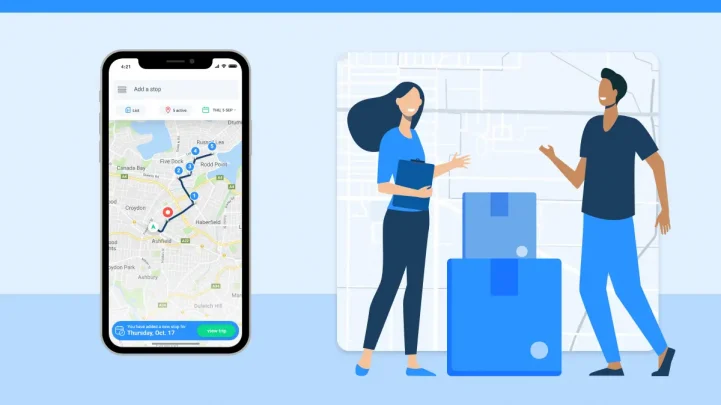
Commuting through checkpoints can be a daily challenge for many people. Whether crossing borders for work or passing through security checks, these stops can add time and stress to your journey. However, with some planning and innovative strategies, you can make your commute smoother and less stressful.
- Understanding checkpoint patterns
The first step to a smoother commute is understanding the patterns at checkpoints. Most checkpoints have busy times and quiet times. Try to observe or ask about these patterns. They know when the shortest lines can help you plan your travel times better.
- Preparing your documents
Having your documents ready is critical to a quick passage through checkpoints. Make sure you know exactly what documents you need. Please keep them in a safe but easy-to-reach place. This might be a particular folder or a pocket in your bag. If you cross checkpoints often, consider getting any special passes that might be available. Many countries offer frequent travel programs. These can give you access to faster lanes. While they might cost money upfront, they can save you much time in the long run.
- Using technology to your advantage
Technology can be a big help in planning your commute. Many checkpoints now have apps or websites that show current wait times. Check these before you leave home. Consider setting up alerts on your phone for any news about the checkpoints you use. Sometimes, there are unexpected closures or changes in procedures. Knowing about these in advance can save you much trouble.
- Packing bright for checkpoint crossings
How you pack can make a big difference at checkpoints. If you carry a bag, organize it well. Put items you need to show at the checkpoint near the top. This might include your wallet, phone, or any special permits. Security checkpoints, like airports, are packed with the screening process in mind. Put liquids in a clear, separate bag. Be ready to remove your laptop or other electronics. Wearing shoes that are easy to remove can also speed up the process.
- Building in extra time
Even with good planning, checkpoints can be unpredictable. It’s always wise to build some extra time into your schedule. This buffer can help reduce stress if you encounter unexpected delays.
- Staying calm and polite
Your attitude can make a big difference at checkpoints. Stay calm and be polite to the staff. Remember that checkpoint staff deal with many people every day. A smile and a kind word can go a long way. It might not make the lines move faster, but it can make the experience more pleasant for you and others.
custom traffic planning should continue beyond the checkpoint. Think about what you need to do once you’re through. If you’re driving, know your route on the other side. If you’re meeting someone, ensure they know you might be delayed. Having a plan for after the checkpoint can reduce stress. Commuting across checkpoints can be a daily effort. The key steps are understanding checkpoint patterns, preparing documents, using technology, packing wise, and building in extra time. Remember to stay calm and polite, consider alternative routes, and plan for what comes after the checkpoint. While checkpoints are necessary for many commutes, they don’t have to ruin your day.




